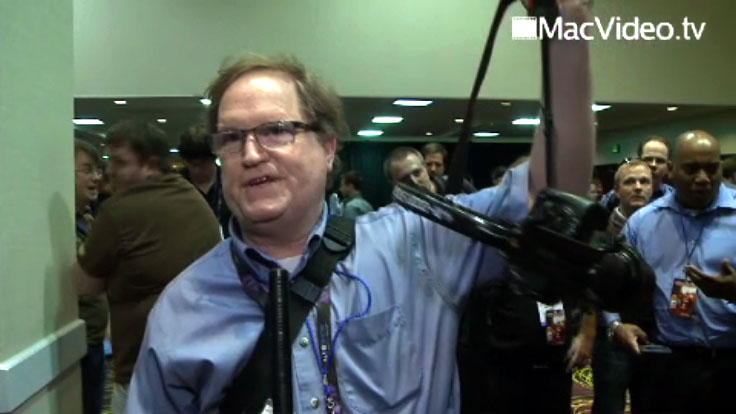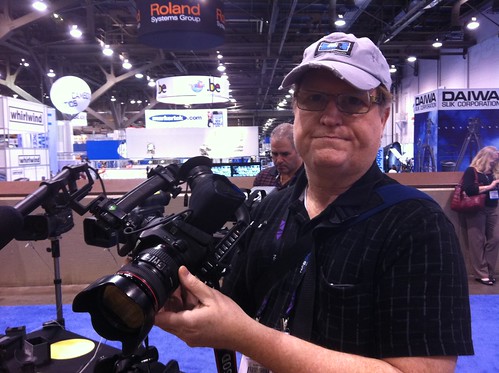 Even though there are now video cameras with large sensors, it is nice to see the HDSLR being used. A Canon press release.
Even though there are now video cameras with large sensors, it is nice to see the HDSLR being used. A Canon press release.
Canon U.S.A. has announced that the highly anticipated feature film, Captain America: The First Avenger, used Canon EOS 5D Mark II Digital SLR cameras to capture many of the movie’s action shots. Throughout the super hero action picture, the 5D Mark II was used to shoot motion sequences that were seamlessly integrated with the production’s 35mm film footage.
More compact and lightweight than traditional motion-picture cameras, the 5D Mark II offers creative advantages such as compatibility with Canon’s wide range of high-performance EF lenses, user-selectable frame rates, including 24p (23.976 fps), the standard for motion-picture cinematography, and full 1920 x 1080 HD imagery captured by the camera’s high-resolution 21.1-megapixel (36mm by 24mm) Canon CMOS sensor. According to Jonathan Taylor, second unit director/director of photography on Captain America: The First Avenger, these features made the 5D Mark II an excellent choice for the capture of dramatic POV (point-of-view) action shots.
“The challenge with a lot of action photography is getting the camera in the right position,” Taylor noted. “I’m always looking to get the camera into impossible-to-reach places because those kinds of shots make action sequences much more exciting. Most 35mm motion-picture cameras and even the leading digital cinematography cameras are just too big to get into interesting positions.”
Action scenes in Captain America: The First Avenger in which Taylor used 5D Mark II cameras for POV shots include a car chase and crash, and a high-speed motorcycle pursuit. The small size of the camera enabled Taylor to mount it on the interiors and exteriors of moving vehicles to capture dramatic action shots. The camera’s size also ensured that it was “invisible” to the film cameras shooting the same scene from a distance.
“The thing with action is that the more angles you can shoot, the faster the cuts you can use, and the more energy you get into a sequence,” Taylor added.
Previously, the Canon EOS 5D Mark II cameras and EF lenses were used for action shots in the blockbuster hit Iron Man 2.












 Even though there are now video cameras with large sensors, it is nice to see the HDSLR being used. A Canon press release.
Even though there are now video cameras with large sensors, it is nice to see the HDSLR being used. A Canon press release.

